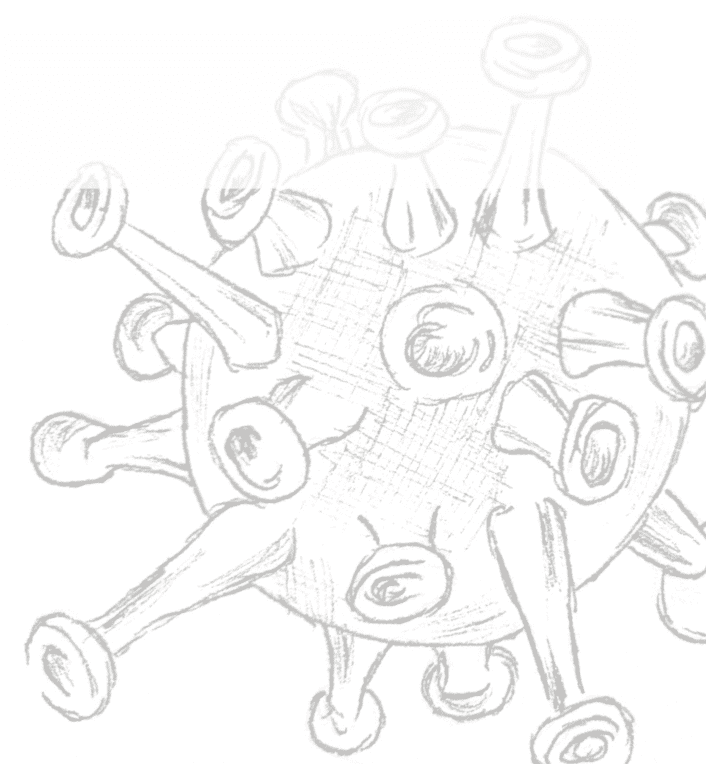Whilst the COVID-19 pandemic presents a difficult time for us all, it can be particularly hard on our young people. The disruption caused to schools and the implementation of social distancing has transformed the day-to-day lives of students. In what is typically a very social time in their lives, young Australians are feeling particularly isolated in the current circumstances.
New data from Snap Inc. has demonstrated that social media and digital communication are keeping young people informed and are helping to combat loneliness, with a top concern for the age group being the health of friends and family. Less than half of young Australians are concerned for their own health, and more than 70% of Snapchatters are more aware of practical ways to protect themselves and others from the virus.
Snapchat has partnered with the World Health Organisation (WHO) to include snap filters educating its users on good hygiene practices. Bitmoji has also come out with stickers to remind people to “Stay home” and “Wash your hands”, in a light-hearted endeavour to promote good hygiene.
Unlike other social media platforms, where fake news can be posted and go viral, Snapchat has an advantage. It can tightly moderate the content on its Discover platform. The company works with “only a select set of partners, including some of the most trusted news organisations around the world, to develop fact-based content for our community”, says Kathryn Carter, General Manger for Snap Inc. Australia and New Zealand.
A similar approach has been adopted by Facebook, which has launched a Coronavirus (COVID-19) Information Centre. Working in conjunction with the WHO and UNICEF, this platform provides the latest information and updates on the virus. Facebook users can also use the platform to request help. People are asking for donations to put together care packages and offering to check in on vulnerable members of the community. Facebook has also launched a Small Business Grants Program which it plans to extend to Australia. They have allocated $100 million USD in an attempt to ease some of the financial strain felt by businesses with less than 50 staff.
Kevin Systrom and Mike Krieger, the founders of Instagram, have launched Rt.live, which tracks the speed at which COVID-19 spreads throughout each state in the US. The app is an attempt to better track the rate of infection, in an effort to convince people to comply with their government’s recommendations by demonstrating how social distancing can hinder the spread. It also demonstrates the density of infection rates in specific areas to help people avoid hot spots.
Twitter, LinkedIn, TikTok, Pinterest and WhatsApp have also joined the fight against misinformation, and have developed identification tools. Mark Zuckerberg and the WHO’s director general, Dr Tedros Adhanom Ghebreyesus have developed a chatbot called the WHO Health Alert. Users can text a designated phone number to receive reputable COVID information in several languages, which can dispense travel advice, possible COVID symptoms, and explain popular misconceptions surrounding the virus. As WhatsApp is end-to-end encrypted, it faces a steeper challenge in combatting misinformation than other social media platforms.
Snapchat has also partnered with local experts in creating it’s Here For You Tool, an informative in-app support for mental health education and assistance. When a Snapchatter searches for topics concerning mental health, safety resources appear to inform and assist users on how to navigate health concerns such as anxiety and depression. According to Dr Hayley Watson, Adolescent Clinical Psychologist, online platforms help to negate the stress caused by COVID-19, which is “contributing greatly to the mental health risk factors of Australia’s young people”.
“By reaching out and connecting openly and honestly, I believe our youth have the potential to come out of this crisis with a profound sense of camaraderie and resilience that will serve them long into their future.”
We acknowledge the Ngunnawal and Ngambri people, who are the Traditional Custodians of the land on which Woroni, Woroni Radio and Woroni TV are created, edited, published, printed and distributed. We pay our respects to Elders past and present. We acknowledge that the name Woroni was taken from the Wadi Wadi Nation without permission, and we are striving to do better for future reconciliation.
